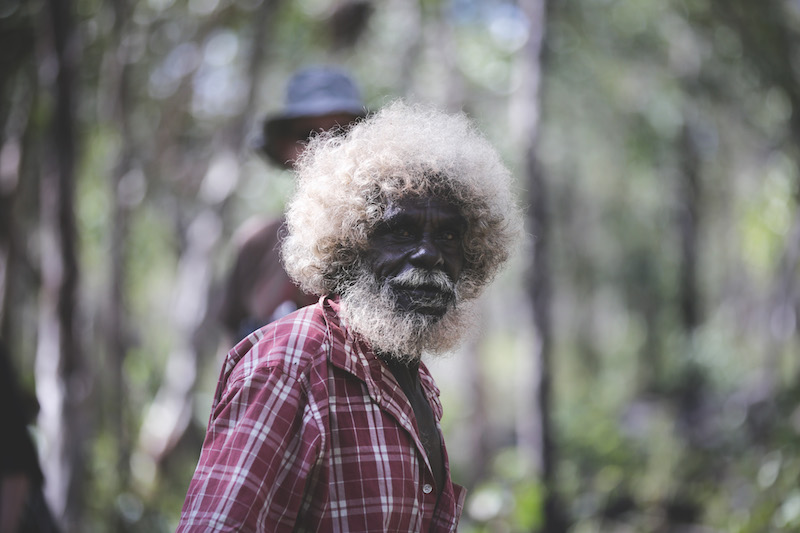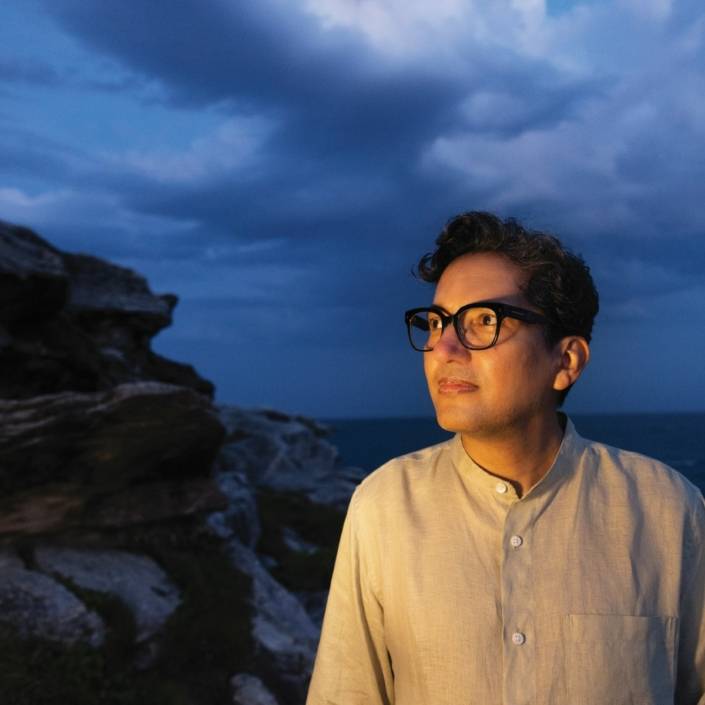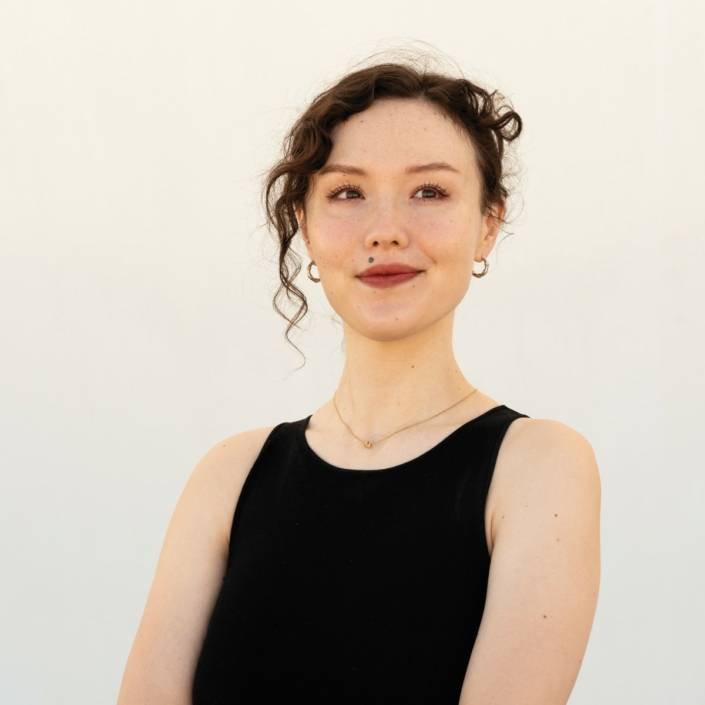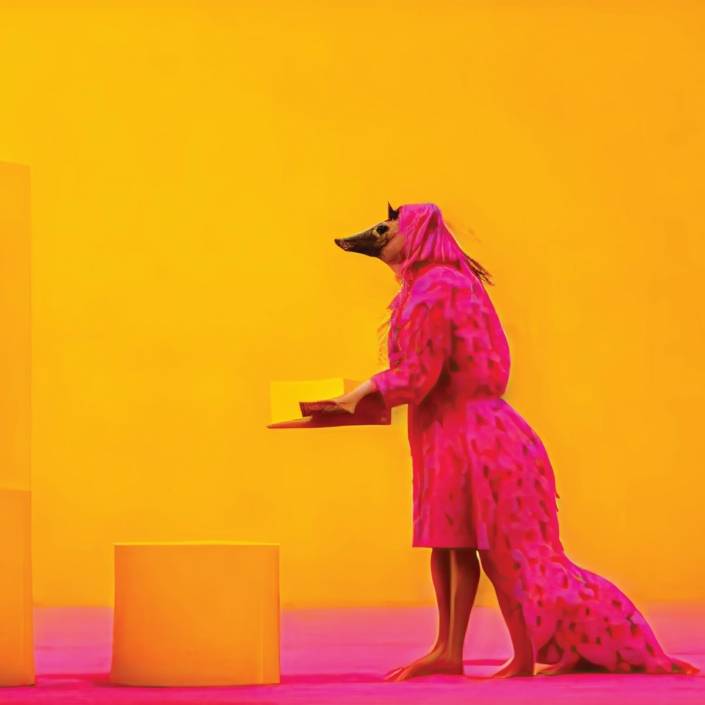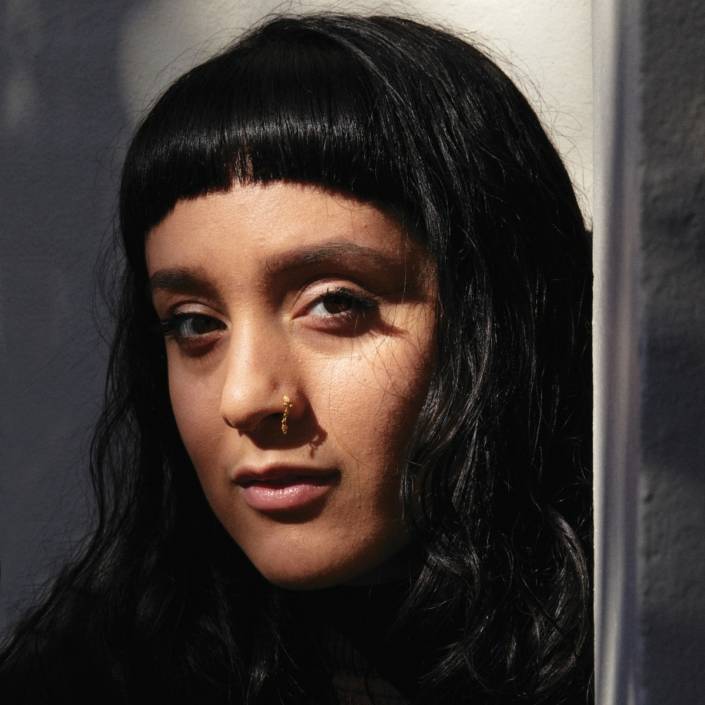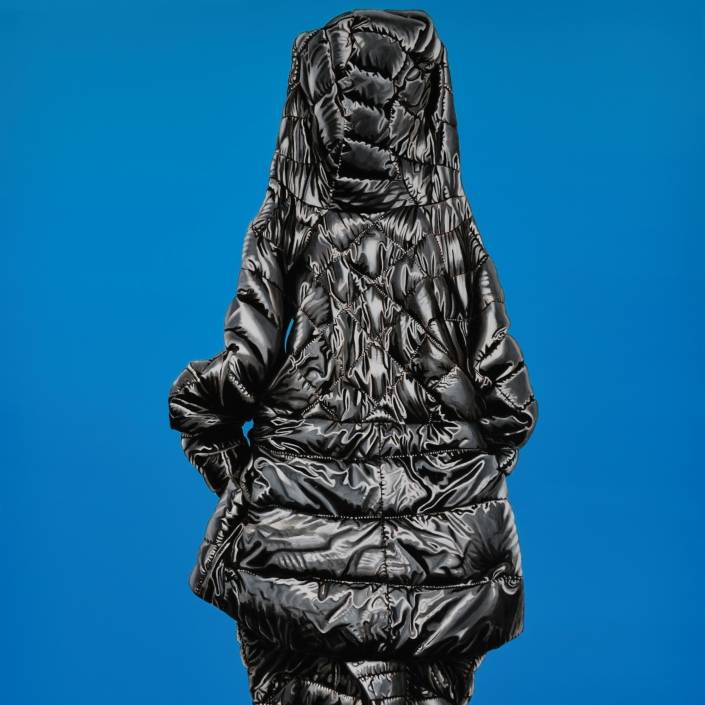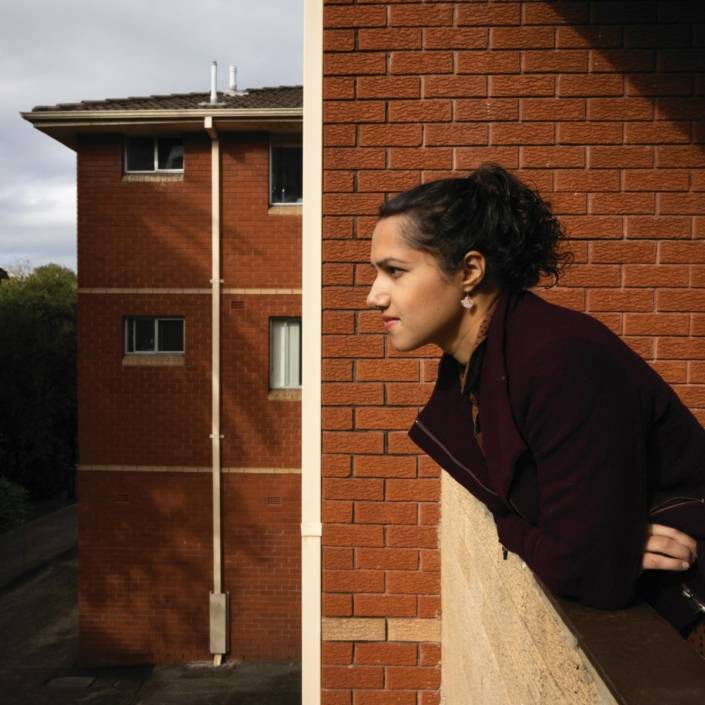John Mawurndjul: Curator’s Radar
In the constellation of bark artists, John Mawurndjul‘s star shines brightest. This retrospective exhibition has set a new benchmark for Indigenous art displays.
Words: Claire G. Coleman
Photography: Tristan Derátz
In the constellation of bark artists, John Mawurndjul‘s star shines brightest. He is, accord- ing to curator of Indigenous art at the Art Gallery of South Australia (AGSA) Nici Cumpston, “a master of innovation in the bark painting technique”. He is the maestro of rarrk (cross-hatching) and the resultant sacred shimmer. Viewing his work can be a spiritual experience; transporting the viewer into worlds they had never imagined.
Recently, the Museum of Contemporary Art (MCA) in Sydney, AGSA, the artist and Maningrida Arts in Arnhem Land, Northern Territory, collaborated to produce the largest retrospective of Mawurndjul’s work in Australia: John Mawurndjul: I am the old and the new. Having visited this show (on view at AGSA until end of January 2019), I cannot imagine anyone leaving it unaffected.
Perhaps unusually for a retrospective on an Aboriginal artist, Mawurndjul’s input was sought at every stage of development, including the selection of works. This led to an exhibition unlike any staged before it. Rather than works being displayed in standard chronological order, the art was sorted and displayed in order of Kunred (sacred places).
Old and new hang close. And without the movement in time, the exhibition exists in what anthropologist W. E. H. Stanner, in his essay The Dreaming, called the “Everywhen”. The paintings are of Country using Country itself – bark and ochre – as a medium. A visitor moving though the exhibition space is moving through the sacred Country Mawurndjul has chosen to paint.
The label texts are written in Kuninjku (Mawurndjul’s language) and translated into English. All texts in the exhibition are in the artist’s own words; the Kuninjku words first on the labels, thus centred in the experience. According to Cumpston, this provides the viewer with a “much deeper sense of these stories as the artist was able to think and speak in his first language”.
The retrospective, the innovative way it was assembled and curated, has set a new benchmark for Indigenous art displays. The centring of the artist’s voice and deci- sion making will hopefully become more common in Indigenous art curation.
This article was originally published in Art Collector issue 87, JAN – MAR 2019.

